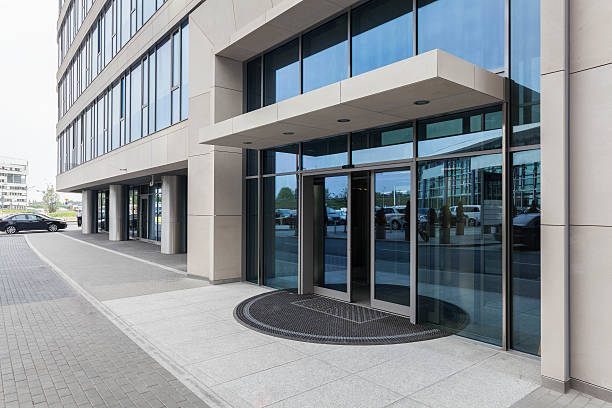Efficiently using a drive-up self-storage unit requires proper packing and organization. You may be sifting through clutter or dealing with damaged items without a systematic approach. We will explore how to pack and store your belongings in a drive-up self-storage unit. This involves choosing suitable packing materials, utilizing space effectively, and maintaining an organized system for easy access. By following these guidelines, you can ensure your items remain safe and accessible throughout their storage period.
Choosing the Right Packing Materials
Selecting the appropriate packing materials is the foundation of effective storage. Start with sturdy, high-quality boxes in various sizes to accommodate different items. Avoid overloading large boxes as they can become too heavy and prone to breaking. Use bubble wrap, packing paper, and foam peanuts to cushion fragile items, ensuring they are well-protected against impacts. Seal boxes securely with strong packing tape to prevent them from opening or collapsing during transit and storage. Additionally, consider using plastic bins for items that require extra protection from moisture or pests. Labeling each box clearly with its contents and the room it belongs to will save time and effort when you need to retrieve specific items.
Maximizing Space Utilization
Making the most of the space in your drive-up storage unit at Fripp Warehousing is crucial for efficient storage. Begin by creating a unit’s floor plan or mental map, designating specific areas for different items. Place heavier, sturdier items at the bottom, stacking lighter, more delicate items on top to prevent crushing. Use the vertical space by stacking boxes and bins as high as is safe, ensuring that heavier boxes are at the bottom. Shelving units can also be a great addition to keep items organized and accessible. Leave a pathway in the center or along the unit’s side to allow easy access to all items. Utilize the space inside large furniture pieces, such as dressers or wardrobes, to store smaller items, maximizing every inch of the unit.
Protecting Fragile and Valuable Items
Fragmentary and valuable items require extra care during packing and storage to prevent damage. Use plenty of padding materials such as bubble wrap and packing paper for delicate items like glassware, china, and electronics. Wrap each item individually and fill empty spaces in the box with additional padding to prevent shifting during transit. Consider using climate-controlled storage within your drive-up unit for valuable items or store them in secure, locked containers. Place fragile items on top of other boxes or designated areas where they are less likely to be disturbed. Regularly check on these items to ensure they remain in good condition throughout storage.
Organizing for Easy Access
Maintaining an organized system within your storage unit will save you time and frustration. Start by creating an inventory list of all items stored in the unit, including box numbers and contents. Keep this list in a safe place, such as a digital file or a notebook, for easy reference. Arrange boxes and items in the unit according to their frequency of use, with items you may need to access more often placed near the front. Clearly label each box on multiple sides to make it easy to identify its contents without moving everything around. Consider color-coding boxes or using a numbering system to streamline the organization process further. This will help you quickly locate specific items without unpacking and repacking boxes.
Climate Control Considerations
While drive-up storage units are convenient, they may not always offer climate control. If you are storing items sensitive to temperature fluctuations or humidity, take extra precautions to protect them. Use moisture absorbers or dehumidifiers to reduce humidity levels within the unit, preventing mold and mildew growth. For items like wooden furniture, electronics, and documents, consider using plastic wrap or protective covers to shield them from dust and moisture. If climate control is a significant concern, you may need to invest in a climate-controlled unit for those items. Regularly monitor the condition of your items to ensure they are not adversely affected by the environment.
Packing Furniture and Large Items
Properly packing and storing furniture and oversized items can save space and protect them from damage. Disassemble large furniture pieces, such as beds and tables, to make them easier to store and transport. Keep all screws, bolts, and small parts in labeled bags attached to the furniture to prevent them from getting lost. Wrap furniture in moving blankets or protective covers to prevent scratches and dents. For items that cannot be disassembled, such as couches and large appliances, use furniture sliders or dollies to safely move them into the storage unit. Place these items against the unit’s walls to maximize floor space and ensure stability and security.
Proper packing and organization are essential for making the most of a drive-up self-storage unit. By selecting suitable packing materials, maximizing space utilization, and maintaining an organized system, you can ensure your items are safe and accessible. Special attention to fragile and valuable items, climate control, and regular maintenance will further protect your belongings. These strategies will help you effectively manage your storage space, making it a useful extension of your home or business.

